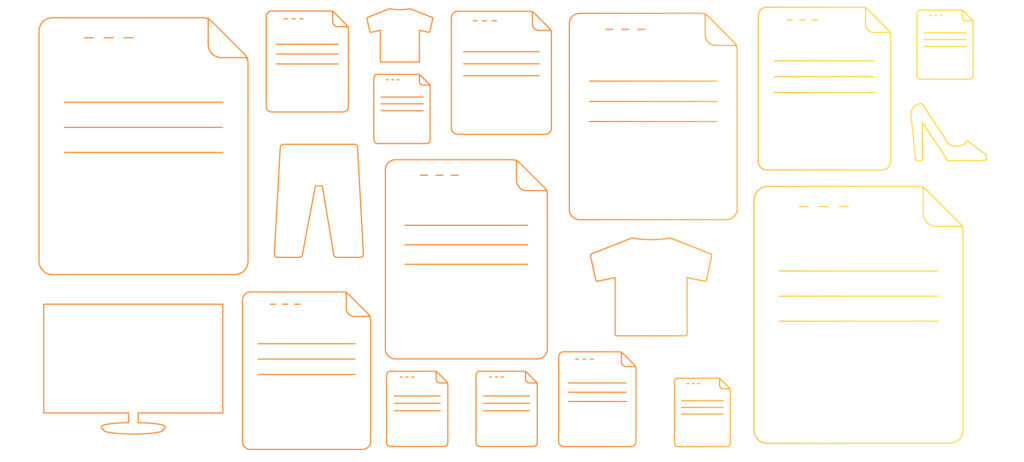Product reviews are at the core of many publishers’ commerce strategy, and this guide will help you start writing (and affiliating) high-converting reviews quickly. And while reviews come in many flavors—the personal, the white-hat, the brief, the in-depth—every great product review answers the following questions for the reader:
- What is the product?
- What are its stand-out features?
- Who is it for?
- Who should consider buying this product?
- Why should I want it?
- What makes this product special? What separates it from its competitors?
- How can I buy it?
- How can I buy it right now?
Here’s how you can use the outline above to create a flexible template for your own website.
Start with a summary
(the WHAT and HOW)
Most readers skim the content they consume. A short summary of your review at the beginning of your article, broken out visually from the body of the page, offers a quick way for readers to get the information they need, as well as an immediate link to purchase the product.
This summary can take several shapes:
- a Pros & Cons list,
- a key features list
- a “Buy this if/Don’t buy this if” dichotomy.
Most importantly, your summary box offers motivated readers a way to easily identify—and buy—a product. This is where you include your monetized Sovrn Commerce link. One is usually enough. If you tell your readers to buy something too many times it’ll feel like spam and they’ll stop reading.
A great product review does:
- Give a summary at the beginning of the article.
- Contain key takeaways for your readers, made personal for your audience
- Include images, if applicable
- Share honest opinions, and even downsides of the product
- Offer an easy-to-find link to purchase
A great product review does not:
- Hide key information from the reader
- Confuse the reader with inconsistent criteria or summaries
- Force the reader to search for relevant information
- Tell the reader to buy without giving any reason why
Download our free product review template on Google Docs
Don’t forget to include a picture. Readers respond to visuals, and an image helps break up the content of the page. Try to find clear photos of the product. The more images the better, and pepper those photos throughout your article (be sure that you have permission from the company to use them!). If necessary, you can find good stock images at unsplash.com
Next, give details and context
(the WHO and WHY)
A great review should share both objective information and subjective opinions. This is your opportunity to build trust with your audience. Offer your readers more context about the product, about yourself, and make your review is trustworthy and relatable. Include personal experience and your impressions of using the product. When you’re referencing product features, tell the audience why they matter—don’t just rehash the information and technical specifications a reader can find on the manufacturer’s website. Educate your audience, and show them the value of the product and of your opinion. That way, they’re empowered to make their own decisions.
This is also your chance to describe how the product solves your—and thereby your audience’s—problem. Tell your readers what makes it appealing, and what might disqualify it from their consideration. Readers want to know a product’s weaknesses, not just its strengths. Many reviewers are afraid to be critical, but honesty builds trust, and trust is key to a great product review.
If necessary, describe your process
If you haven’t already, you should also include a description of your review process. If you’re reviewing, say, backcountry ski boots for experts, you should be sure to describe how they perform in the backcountry—not just on beginner trails at a ski resort. Again, this establishes trust with your audience: a reader is much more likely to trust your review if they can trust that you share their interests. Depending on your audience and the length of your article, you may choose to combine this section with the section above. In any case, ensure that your review is as readable as possible.
Offer a closing evaluation
(reiterate the WHY)
Finally, summarize your main takeaways:
- who the product is for
- what its standout features are
- include your complaints
- If you’d like to suggest alternative products for your readers to consider, you can include those here as well.
Remember: the format above will change slightly depending on the type of product you’re reviewing—a review of backcountry ski boots won’t look exactly the same as a review of an online coding school, for example. But the pillars of a great product review are transferable, no matter the subject matter.
Now that you’ve read through the process, use our product review template to start writing reviews of your own.

